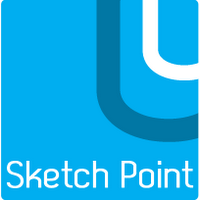1.Enjoy your job. If you don't love doing what you do, whether that be designing software or building web sites and understanding the web, try something else. Life is to short to waste doing something you don't have a passion for.
2.Know HTML, CSS and JavaScript back to front - Clients and companies don't care if you are a developer, designer, information architect or anything else you need to know the core technologies that underpin the web back to front. Everything is ultimately built on these three
3.Develop with the latest best practices in mind - Ensure you separate content, design and behaviour. Make sure everything you build uses progressive enhancement.
4.Learn as much as you can, and plan on keeping that up for the rest of your professional life. Subscribe to a few key RSS feeds (eg. Smashing Magazine) - this is the easiest way to keep up to date with developments in the industry and will help your knowledge grow each day.
5.When you just can't wait to get started, don't forget about the first step - planning. Whether you need to draw wireframes or just some scribbles on a piece of paper, you can save yourself countless hours by reviewing your design before you go coding it up. This can also make explaining it a lot easier than wildly waving your hands in the air.
6.Set yourself development goals. Don't stagnate just because you have learnt some jQuery. Look into technologies and ways of advancing your skills.
7.Make sure you make websites degrade gracefully. Perfect example is using JS for certain portions of a website. Code it, then turn off JS and make sure it's still functional.
8.Realize that there will always be someone who knows more about a subject than you do. This can be hard to admit when you've been coding software or developing websites for many years, but it's true of any industry. If someone comes up with an alternative way of doing something, at least take a look at it - you never know, it might be better than yours.
9. Feel free to try out new ideas or explore side-projects in your spare time. This could be a blog, a journal or something more substantial like a coding project. Whatever it is, you owe yourself the freedom to use your skills to do something that you enjoy.
10. Remember to get feedback at all stages of a project. There is nothing a client hates more than uncertainty and if you can give them a good level of reassurance that their project is in good hands and progress is being made, you'll find there's a lot more room for understanding in case something takes longer to do than expected.
